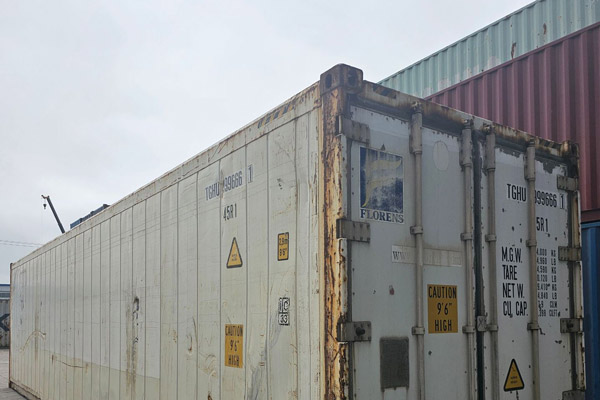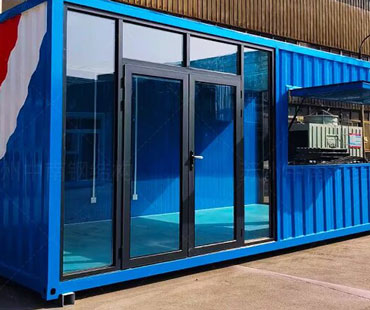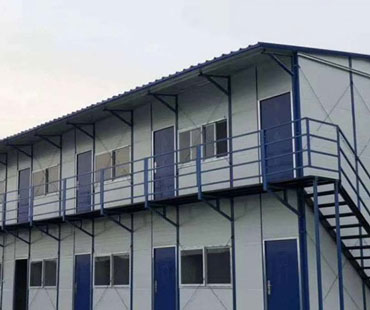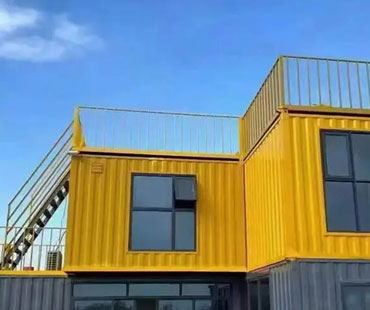As the world continues to urbanize at an unprecedented rate, cities are faced with a plethora of challenges, including housing shortages, rising real estate prices, and environmental degradation. In this context, innovative housing solutions are essential to address the needs of growing urban populations. One such solution that has gained traction in recent years is the use of container houses. These structures, repurposed from shipping containers, present a unique and sustainable approach to urban living.
Container houses are modular structures built from repurposed shipping containers, which are typically made of steel and designed to withstand harsh environmental conditions. Originally intended for transporting goods across oceans, these containers are now being transformed into functional living spaces, offices, and community facilities. Their modular nature allows for creative designs and configurations, making them suitable for diverse urban settings.
1.Affordability: One of the most significant advantages of container houses is their cost-effectiveness. The use of repurposed materials reduces construction costs, making housing more accessible for low- and middle-income families. This affordability can help alleviate the housing crisis in many urban areas.
2.Sustainability: Container houses promote sustainable living by repurposing materials that would otherwise contribute to landfill waste. Additionally, they can be designed to incorporate green technologies such as solar panels, rainwater harvesting systems, and energy-efficient appliances, reducing their ecological footprint.
3.Speed of Construction: Constructing container houses is often faster than traditional building methods. The modular design allows for quick assembly and deployment, making it possible to address urgent housing needs in disaster-stricken or rapidly growing areas.
4.Flexibility and Mobility: Container houses can be easily relocated to different sites, offering flexibility for urban planners and residents. This mobility allows for temporary housing solutions in areas undergoing redevelopment or during events such as festivals or emergencies.
5.Space Optimization: In densely populated urban areas, maximizing space is crucial. Container houses can be stacked or arranged in various configurations to optimize land use, providing more housing units in limited areas.

Despite the numerous benefits, there are challenges associated with container houses that must be addressed:
1.Building Codes and Regulations: Many cities have strict building codes and zoning regulations that may not accommodate container houses. Navigating these regulations can be a barrier to widespread adoption.
2.Insulation and Climate Control: Shipping containers are made of metal, which can make them susceptible to extreme temperatures. Proper insulation and climate control systems are necessary to ensure comfortable living conditions year-round.
3.Perception and Acceptance: The perception of container houses as temporary or substandard housing can hinder their acceptance among potential homeowners and urban planners. Education and awareness campaigns are needed to showcase their potential as permanent, high-quality residences.
4.Financing and Investment: While container houses can be cost-effective, securing financing for unconventional housing projects can be challenging. Financial institutions may be hesitant to invest in container housing due to perceived risks.
5.Community Integration: Integrating container houses into existing neighborhoods requires careful planning to ensure that they complement the surrounding environment and foster a sense of community.
As urbanization continues to accelerate, the need for innovative housing solutions becomes even more pressing. Container houses offer a promising alternative that aligns with the principles of sustainability, affordability, and adaptability. Future urban living may see a blend of container homes with traditional architecture, creating diverse and vibrant communities.
Cities around the world are already experimenting with container housing. For example, initiatives in cities like Amsterdam, Los Angeles, and Tokyo have successfully integrated container homes into their urban fabric, providing affordable housing options and revitalizing underutilized spaces. These projects serve as models for other cities facing similar challenges.
Moreover, as technology advances, the design and construction of container houses will likely improve, making them even more attractive. Innovations in materials, energy efficiency, and smart home technology can enhance the livability of these structures, making them a viable option for the future.
The role of container houses in urbanization presents a compelling vision for future living. By addressing housing shortages, promoting sustainability, and providing flexible solutions, container homes have the potential to reshape urban landscapes. However, to fully realize this potential, it is essential to overcome existing challenges and foster acceptance among communities and policymakers. As cities continue to evolve, embracing innovative housing solutions like container houses may be key to creating resilient, inclusive, and sustainable urban environments for generations to come.


